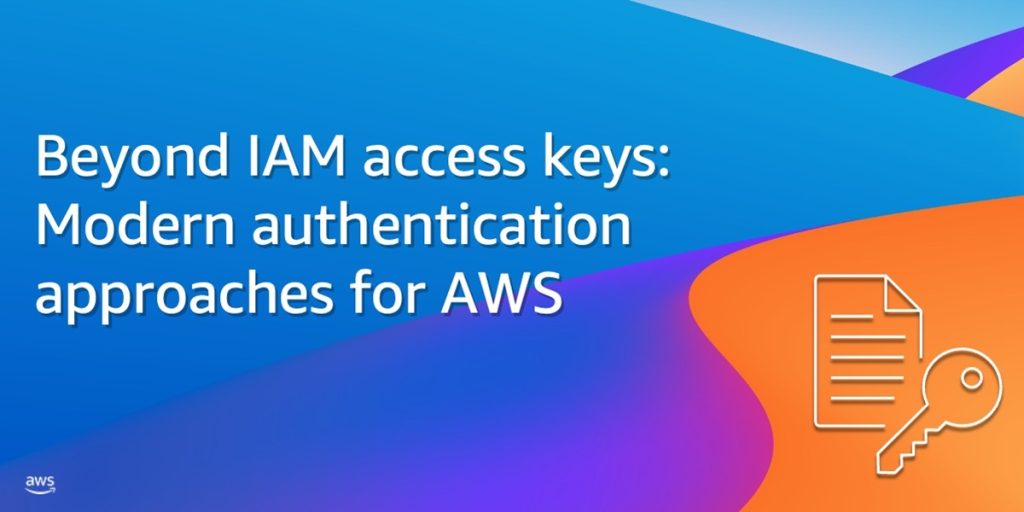AWS Security Blog
Tag: IAM policies
Beyond IAM access keys: Modern authentication approaches for AWS
When it comes to AWS authentication, relying on long-term credentials, such as AWS Identity and Access Management (IAM) access keys, introduces unnecessary risks; including potential credential exposure, unauthorized sharing, or theft. In this post, I present five common use cases where AWS customers traditionally use IAM access keys and present more secure alternatives that you […]
Use AWS service reference information to automate policy management workflows
Amazon Web Services (AWS) provides service reference information in JSON format to help you automate policy management workflows. With the service reference information, you can access available actions across AWS services from machine-readable files. The service reference information helps to address a key customer need: keeping up with the ever-growing list of services and actions […]
Four ways to grant cross-account access in AWS
As your Amazon Web Services (AWS) environment grows, you might develop a need to grant cross-account access to resources. This could be for various reasons, such as enabling centralized operations across multiple AWS accounts, sharing resources across teams or projects within your organization, or integrating with third-party services. However, granting cross-account access requires careful consideration […]
How to implement IAM policy checks with Visual Studio Code and IAM Access Analyzer
In a previous blog post, we introduced the IAM Access Analyzer custom policy check feature, which allows you to validate your policies against custom rules. Now we’re taking a step further and bringing these policy checks directly into your development environment with the AWS Toolkit for Visual Studio Code (VS Code). In this blog post, […]
Customize the scope of IAM Access Analyzer unused access analysis
AWS Identity and Access Management Access Analyzer simplifies inspecting unused access to guide you towards least privilege. You can use unused access findings to identify over-permissive access granted to AWS Identity and Access Management (IAM) roles and users in your accounts or organization. From a delegated administrator account for IAM Access Analyzer, you can use the dashboard […]
Refine unused access using IAM Access Analyzer recommendations
As a security team lead, your goal is to manage security for your organization at scale and ensure that your team follows AWS Identity and Access Management (IAM) security best practices, such as the principle of least privilege. As your developers build on AWS, you need visibility across your organization to make sure that teams […]
IAM Access Analyzer simplifies inspection of unused access in your organization
AWS Identity and Access Management (IAM) Access Analyzer offers tools that help you set, verify, and refine permissions. You can use IAM Access Analyzer external access findings to continuously monitor your AWS Organizations organization and Amazon Web Services (AWS) accounts for public and cross-account access to your resources, and verify that only intended external access […]
Introducing IAM Access Analyzer custom policy checks
July 12, 2024: AWS has extended custom policy checks to include a new check called Check No Public Access. This new check determines whether a resource policy grants public access to a specified resource type. In addition to this new check, there has been an update to the existing Check Access Not Granted check. The […]
Use scalable controls for AWS services accessing your resources
Sometimes you want to configure an AWS service to access your resource in another service. For example, you can configure AWS CloudTrail, a service that monitors account activity across your AWS infrastructure, to write log data to your bucket in Amazon Simple Storage Service (Amazon S3). When you do this, you want assurance that the service […]
How to control access to AWS resources based on AWS account, OU, or organization
AWS Identity and Access Management (IAM) recently launched new condition keys to make it simpler to control access to your resources along your Amazon Web Services (AWS) organizational boundaries. AWS recommends that you set up multiple accounts as your workloads grow, and you can use multiple AWS accounts to isolate workloads or applications that have […]









